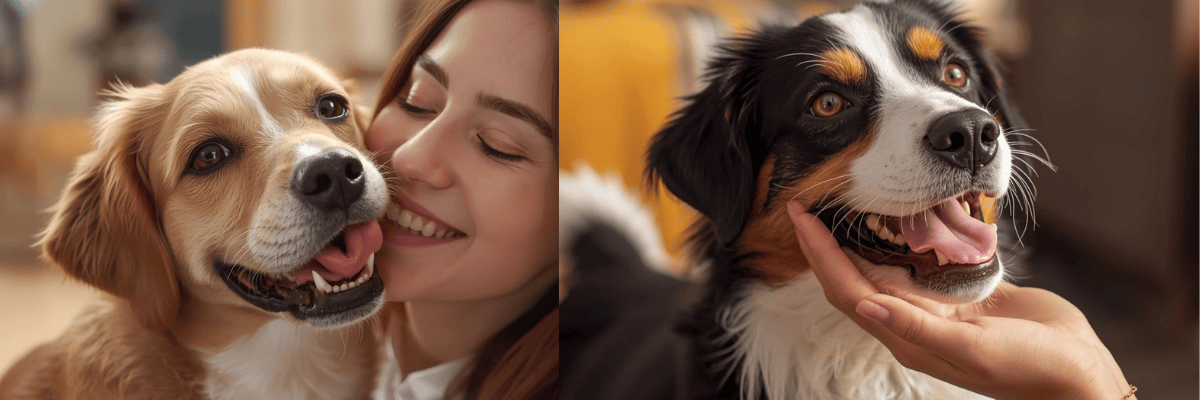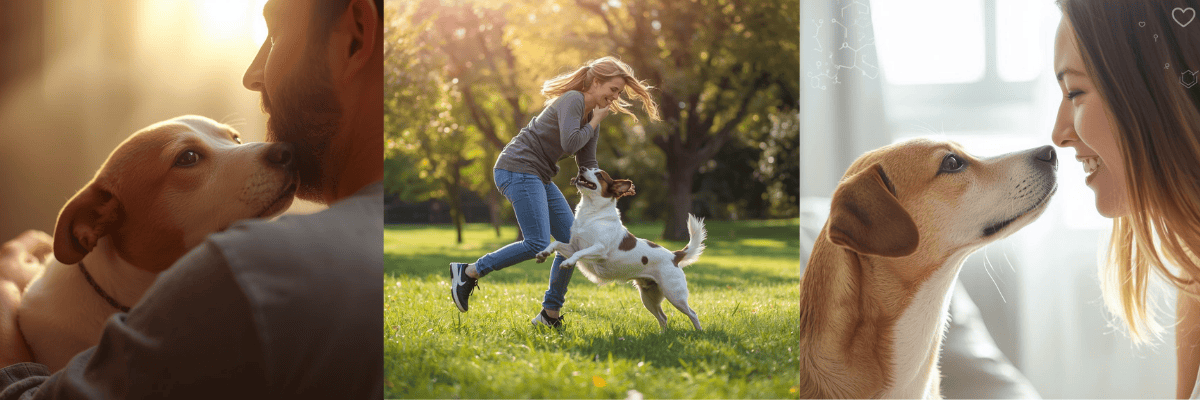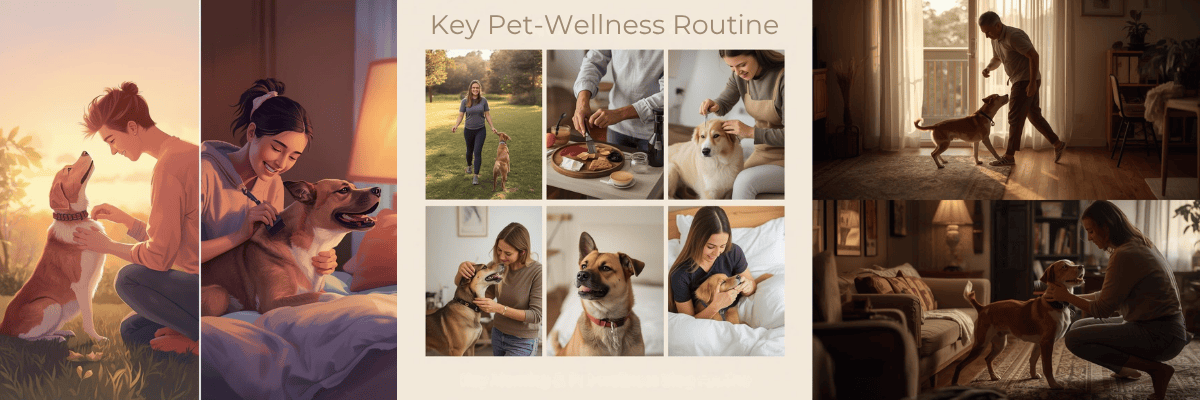Introduction
Dogs licking humans is a behavior that can leave owners both charmed and confused. While it often seems like a simple act of affection, licking can actually mean different things depending on the situation. From expressing love and bonding to signaling stress or anxiety, your dog’s lick can carry a variety of messages. In this post, we’ll explore the reasons behind this common behavior, helping you understand whether your dog is showing affection, coping with anxiety, or simply satisfying curiosity.
Understanding Dog Licking
Licking is a natural and instinctive behavior in dogs, rooted in their earliest interactions. Puppies lick their mothers to stimulate milk flow and show submission, and adult dogs often lick each other as a form of communication and social bonding.

When it comes to humans, licking serves multiple purposes. It can be a way for dogs to explore their environment, express emotions, or communicate needs. While occasional licking is perfectly normal, excessive or compulsive licking may indicate underlying stress, anxiety, or medical issues.
By understanding why dogs lick, owners can better interpret their pets’ intentions and respond appropriately—whether it’s reinforcing affection or addressing signs of anxiety.
Licking as Affection
One of the most common reasons dogs lick humans is to show love and strengthen their bond. Here’s how licking expresses affection:
- Bonding Behavior – Licking is a natural way for dogs to connect. Just like puppies lick their mothers, dogs lick humans to show attachment and trust.
- Attention-Seeking – Sometimes dogs lick to get noticed or invite interaction, whether it’s playtime, petting, or simply being close to you.
- Submission and Respect – Licking can also signal respect or submission, a behavior inherited from their interactions with other dogs.
- Positive Reinforcement Connection – Dogs may lick after receiving treats or affection, linking licking with positive experiences and affection.
Recognizing these affectionate licks can help you understand your dog’s emotional state and strengthen your bond with them.
Licking as a Sign of Anxiety or Stress
While licking often signals affection, it can also indicate that a dog is feeling anxious or stressed. Understanding the context is key to interpreting this behavior correctly:

- Nervous Energy Release – Dogs may lick when they feel nervous or overstimulated as a way to release tension.
- Self-Soothing – Licking can be a calming mechanism. Just like humans might bite their nails or pace, dogs use licking to cope with stress.
- Compulsive Licking – Excessive licking, especially when directed at themselves, furniture, or people, may indicate a behavioral or medical issue that needs attention.
- Environmental Triggers – Loud noises, new people, or unfamiliar surroundings can provoke licking as a stress response.
By observing accompanying signs—like a tucked tail, trembling, or pacing—you can determine whether your dog’s licking is a message of anxiety rather than affection.
Other Reasons Dogs Lick Humans
Not all licking is about affection or anxiety. Dogs may also lick for more practical or instinctive reasons:
- Taste and Smell – Human skin can be salty or carry traces of food, which dogs naturally find interesting.
- Exploration and Curiosity – Dogs explore the world through their mouths, and licking helps them investigate their surroundings—including people.
- Health or Grooming Instincts – Licking can be an instinctive way for dogs to clean or inspect minor wounds, either on themselves or on humans they are bonded with.
By recognizing these additional motives, owners can better understand their dog’s behavior and respond appropriately without misinterpreting their intentions.
How to Interpret Your Dog’s Licking
Understanding why your dog licks you requires observing the context, frequency, and accompanying body language. Here’s how to make sense of it:
- Look at Body Language – Relaxed posture, soft eyes, and wagging tail usually indicate affection. Tense muscles, tucked tail, or avoidance may signal anxiety.
- Consider the Context – Is your dog licking during calm moments, after play, or in stressful situations? Timing can reveal the motivation behind the behavior.
- Frequency Matters – Occasional licking is normal, but persistent, repetitive licking could indicate stress or a compulsive behavior that needs attention.
- Observe Other Behaviors – Watch for signals like whining, pacing, retreating, or excited gestures. These cues help distinguish between affectionate licks and anxious ones.
By paying close attention to these factors, you can accurately interpret your dog’s intentions and respond in a way that strengthens your bond.
When to Respond or Correct Licking Behavior
Not all licking should be encouraged, especially if it stems from anxiety or becomes excessive. Here’s how to respond appropriately:

- Acceptable Licking – Gentle, occasional licking as a form of affection can be allowed and enjoyed as a bonding moment.
- Managing Anxiety Licking – Calm your dog in stressful situations, provide a safe environment, and use positive reinforcement to reduce nervous licking.
- Excessive or Compulsive Licking – Persistent licking that seems compulsive or self-directed may require a consultation with a veterinarian or animal behaviorist.
- Positive Alternatives – Redirect licking to toys, chew items, or interactive play. Reward your dog for calm, non-licking behavior to encourage healthier habits.
By recognizing when to allow, manage, or redirect licking, you can maintain a healthy and happy relationship with your dog.
Conclusion
Dogs lick humans for many reasons—affection, anxiety, curiosity, or instinctive behavior. Understanding the context, body language, and frequency of licking can help you determine what your dog is really trying to communicate. While occasional licks are often a sign of love and bonding, persistent or excessive licking may signal stress or a behavioral issue. By observing your dog closely and responding with patience and care, you can strengthen your bond, ensure their comfort, and enjoy the many ways dogs express their emotions.




Leave a Reply